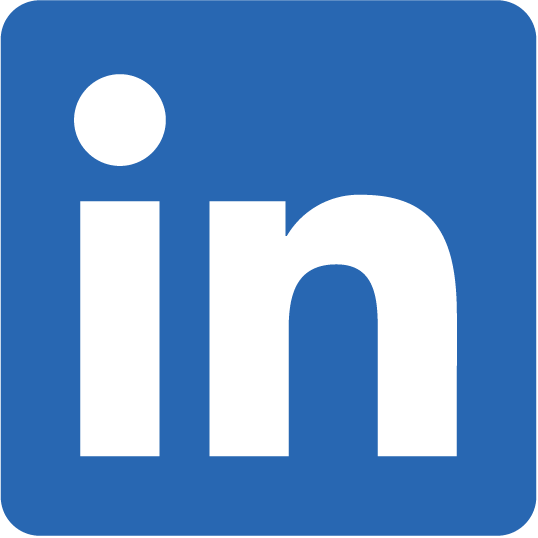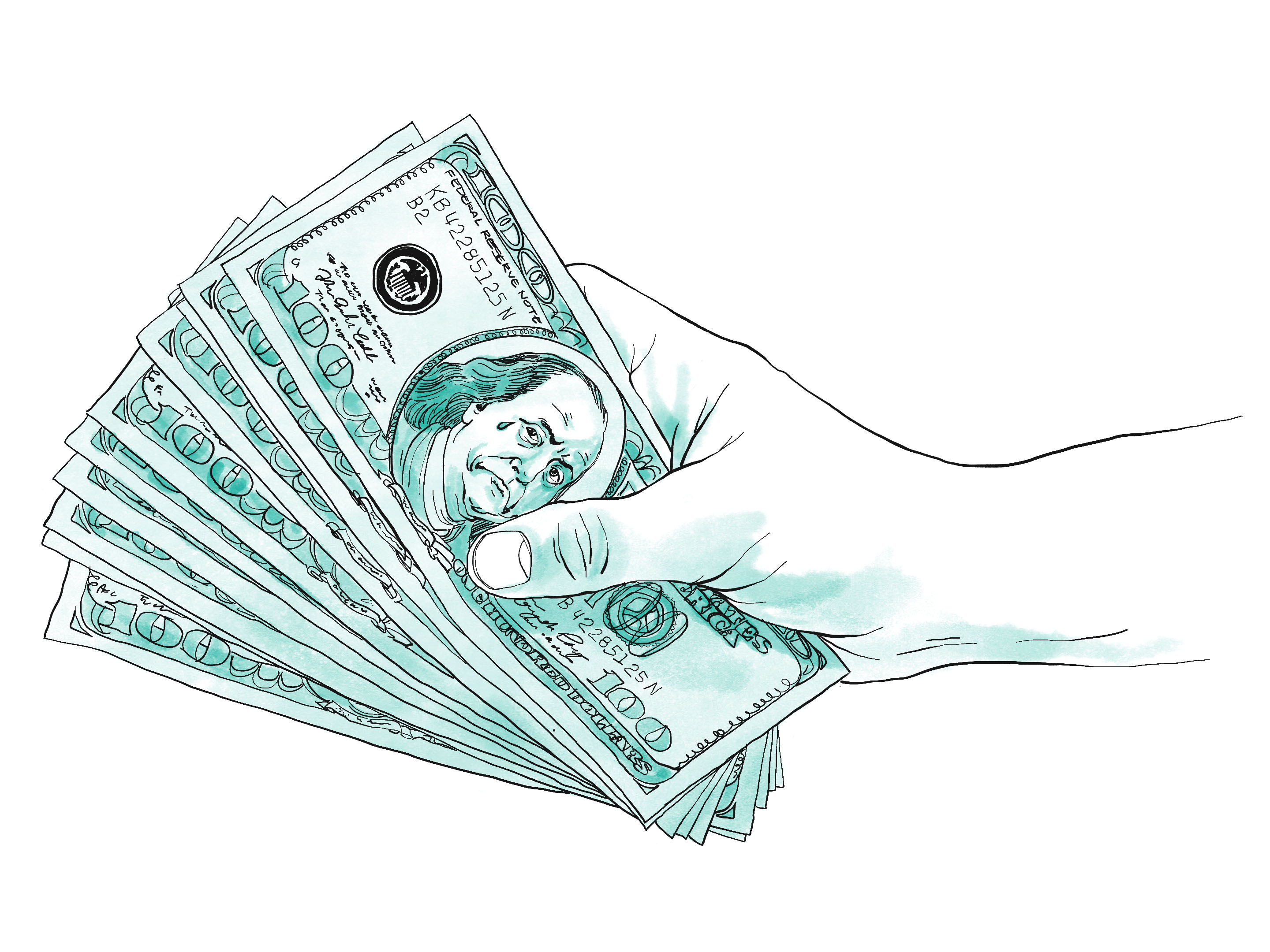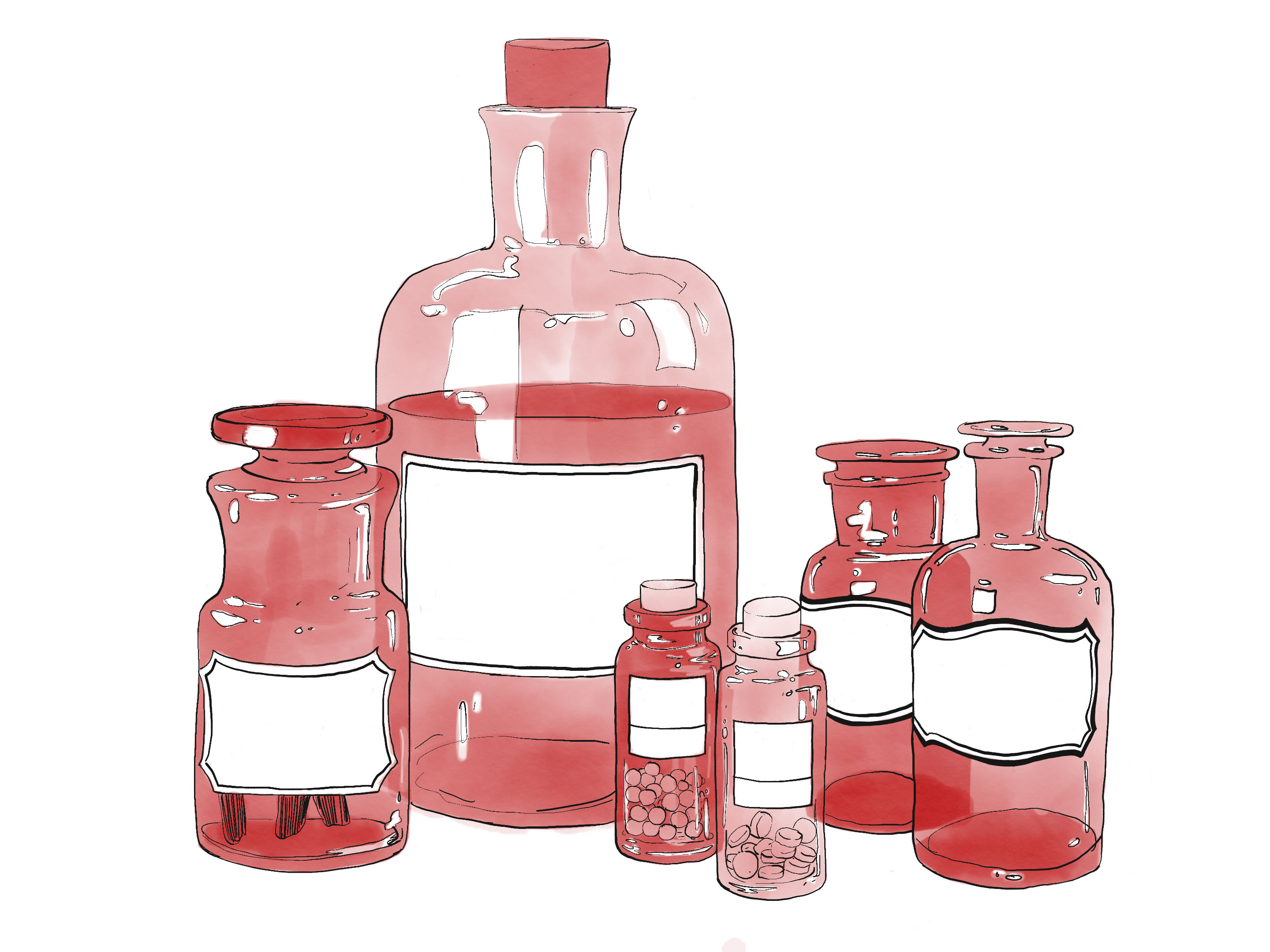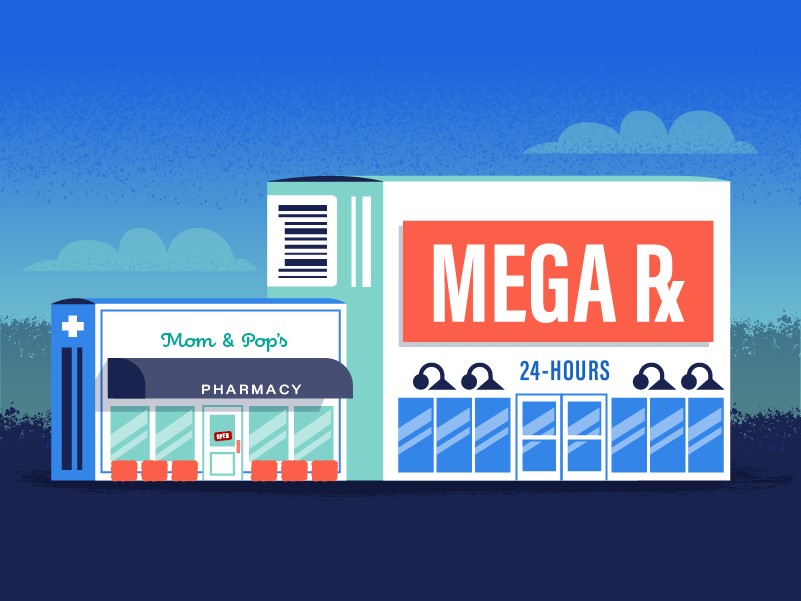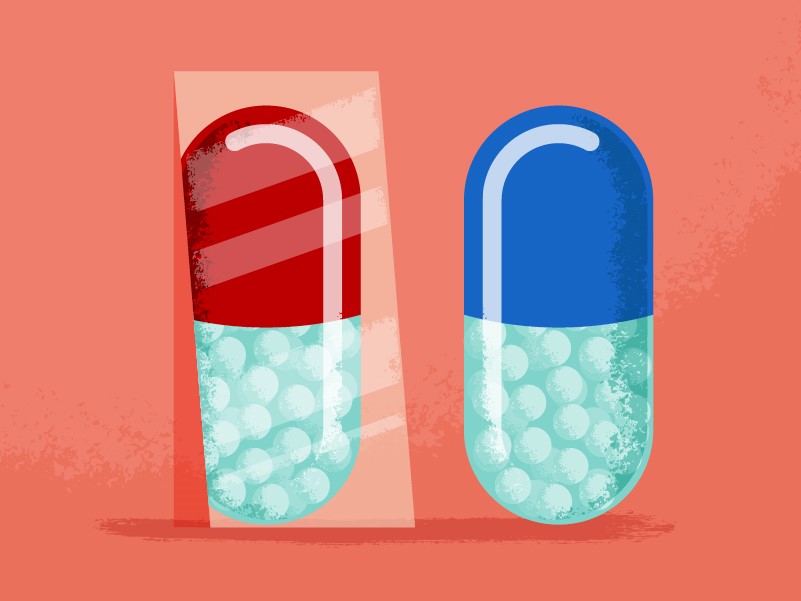Why High-Deductible Health Plans Are More Common Than Ever
And why this trend means you’re likely paying more for health insurance

A high-deductible health plan is a health insurance plan with a higher deductible than a traditional health insurance plan.
If you have a high-deductible plan, you pay a lower monthly rate, or premium, than you would with a traditional plan. But, you also pay more for healthcare costs before your insurance company starts to help cover some of your costs.
The IRS defines high-deductible plans as those needing individuals to pay at least $1,400 a year (or $2,800 on a family plan) before insurance benefits help.
High-deductible plans are a relatively new issue, skyrocketing from lukewarm subject to hot-button issue following the 2008 recession.
Here’s a look at some notable events that have led to the high-deductible plan increase and where the trend stands now.
The stage is set
1990s
- Most Americans get their health insurance through their employer,[1] and quality healthcare is an expected benefit of employment.
- Healthcare costs go on rising, though not at the rate they did from 1970 to 1990.[2] These increases are due to five factors: a growing population, aging seniors, disease prevalence or incidence, medical service utilization and service price and intensity.[3]
2000
- Many businesses begin to think about new coverage options for employees as a way to save money. High-deductible plans are relatively rare, but these plans are an option for saving on costs while still covering for employees.
2003
- The Medicare Prescription Drug Improvement and Modernization Act of 2003 sets up tax-advantaged spending accounts called Health Savings Accounts (HSAs).
- You can open an HSA if you’re covered under a high-deductible plan, according to federal guidelines. Together, the HSA and high-deductible plan allows you to pay for certain medical expenses with money that won’t be federally taxed.
- The HSA at once shines because of the potential savings it gives patients. The now-connected high-deductible plan star rises too.
The 2008 recession accelerates HDHP popularity
2008
- The Great Recession barrels into full view and businesses see a dismal future ahead. In efforts to slash spending, many companies turn to cost-cutting opportunities. Enter: high-deductible plans, perfectly primed to join the conversation as an alternative to layoffs.
2009
- Eight percent of covered workers are enrolled in employer-sponsored high-deductible plans, according to a Kaiser Family Foundation survey.[4]
- Employers are trying to increase deductibles in order to lower premiums. But the foundation also finds that, since 1999, family premiums have experienced a 131-percent increase and individuals 105 percent. Similarly, many predict large increases for decades to come.[5]
2015
- More than 80 percent of large employers add high-deductible plans to their list of health insurance offerings, an increase of 53 percent in just five years.[6]
- Nearly one-third of these large employers offer only high-deductible plans to employees, an increase of more than 10 percent from the year before.[6]
2016
- 29 percent of workers are enrolled in employer-sponsored high-deductible plans. The plans have become markedly more popular than Preferred Provider Organization, or PPO, plans. Since 2014, enrollment in high-deductible plans with a savings option has jumped by 8 percent while PPO enrollment declined by 10 percent.[7]
The percentage of adults enrolled in a high-deductible plan increased from 25.5 percent in 2011 to 43.2 percent in 2017.[8]
Consumers seek more protection, but the HDHP trend continues
2019
- New IRS guidelines update the list of preventive services covered pre-deductible on a high-deductible plan, while also keeping HSA eligibility for patients. These updates include beta-blockers for congestive heart failure and coronary artery disease, SSRIs for depression, and more.[9]
2020
- On Jan. 1, the Know the Lowest Price Act and the Patient Right to Know Drug Prices Act went into effect. This move allows pharmacists, if asked, to tell a patient when a cash price for a prescription would cost less than if they use insurance.
- High-deductible plan amounts keep climbing. The IRS defines a high-deductible plan as any plan with a deductible of at least $1,400 for an individual or $2,800 for a family (up $50 and $100, respectively, from 2019).[10]
- The total yearly out-of-pocket expenses — including deductibles, copayments and coinsurance — can’t be more than $6,900 for an individual or $13,800 for a family (up $150 and $300, respectively, from 2019). Out-of-network services don’t count as part of this limit, so consumers could end up paying more than this out-of-pocket total.[10]
What began as a cost-saving measure in a moment of crisis, the HDHP has become standard for many increasingly strapped consumers.[10]
[1] “Health Insurance Coverage — 1993” U.S. Census Bureau, Statistical Brief
[3] “Trends in healthcare spending,” The Journal of the American Medical Association, March 2019
[4] “PPO enrollment remains high, but location is a key factor,” Managed Care Magazine, 2009
[5] “Health Insurance Premiums Up 131% in Last Ten Years,” Time Magazine, 2009
[6] “High Deductible Health Plan Deductibles Weigh Down More Employees,” The New York Times, 2014
[7] “2016 Employer Health Benefits Survey,” Kaiser Family Foundation, 2016
[8] “2018 Real-Time Benefit Check National Adoption Scorecard Key Findings,” CoverMyMeds, 2018
[9] NOTICE 2019-45, Internal Revenue Service, 2019
[10] High Deductible Health Plan (HDHP), HealthCare.gov, 2020
This article was last updated March 03, 2020


